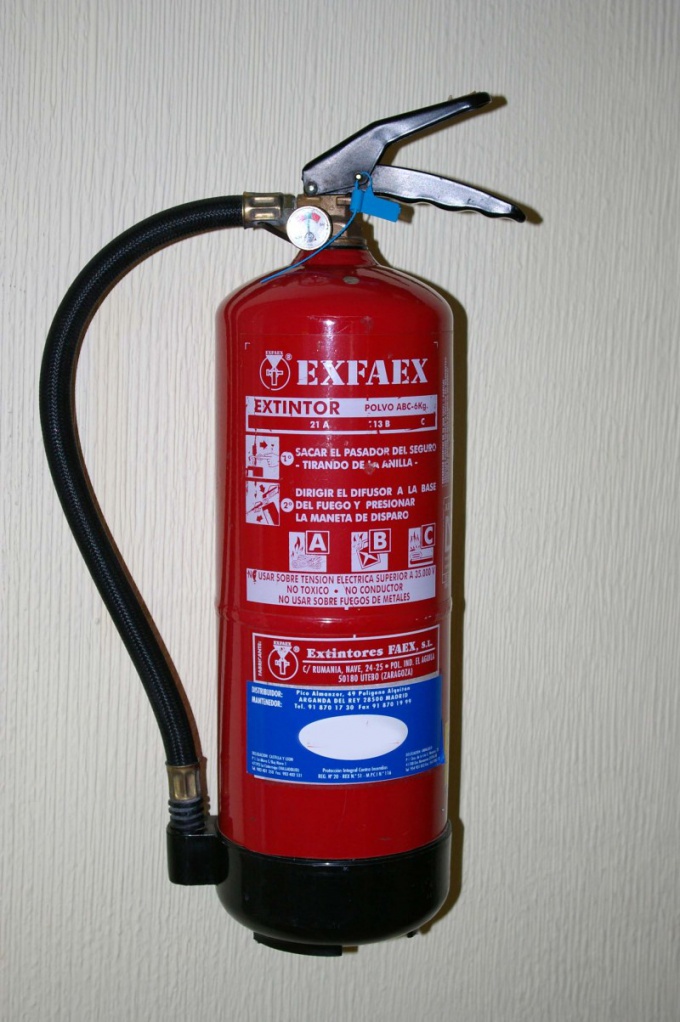Instruction
1
Before proceeding to the definition of categories of buildings for fire hazards, learn what they may be. Category a – increased vzryvopozharnoj, category B – vzryvopozharnoj; category B1 – B4 – hazard, category G – moderate fire hazard, category D – reduced fire hazard. A criterion for defining the categories are the types of combustible substances and materials that are in the room, as well as the characteristics of the activities carried out there and the layout of the building.
2
Categorize, consistently checking the identity of a room categorized from most dangerous (And) safer (D).
3
If indoors, flammable gases, liquids which can be easily ignited at a temperature not exceeding 28 degrees, the room can be safely attributed to the category A. the area of such premises should be more than 5 % of the total area of the building or 200 square metres. If the ignition temperature of such substances exceeds 28 degrees, this room belongs to the category B. this category applies to a building if it does not belong to category A, and the total area of spaces of category A and B is more than 5 % of the total area of the building or 200 square metres.
4
Provided that the premises are flammable liquids and substances that can interact with water or oxygen only to burn, and if this premise does not apply to categories A or B, it is possible to add to the categories B1 to B4. Also, the building fall into these categories, if the total area of the premises in categories A, B, B1, B2 and B3 more than 5 % of the total area of all premises.
5
In spaces of category G are non-combustible substances and materials in a hot, molten or hot materials, in process which are heat, flame, sparks. As for the definition of category G in size, it is calculated in the same way as other categories identified above.
6
And in spaces of category D located non-flammable substances and materials with cold status.

